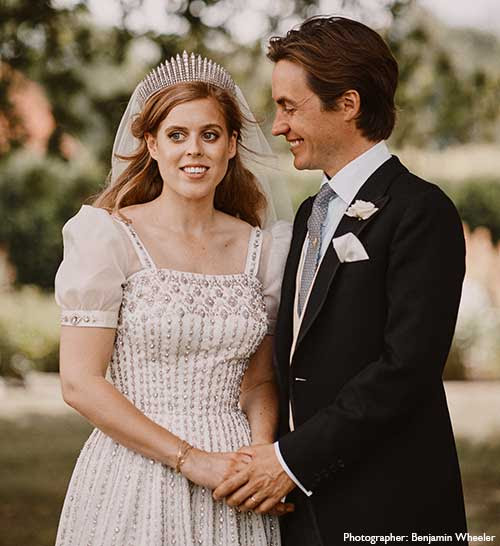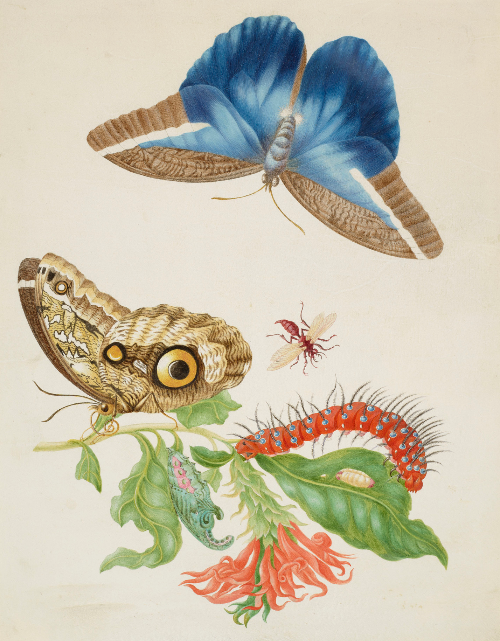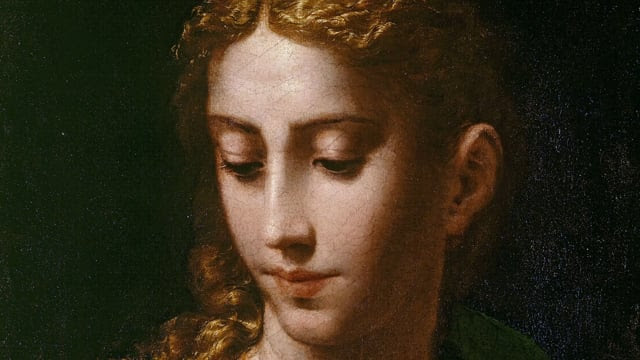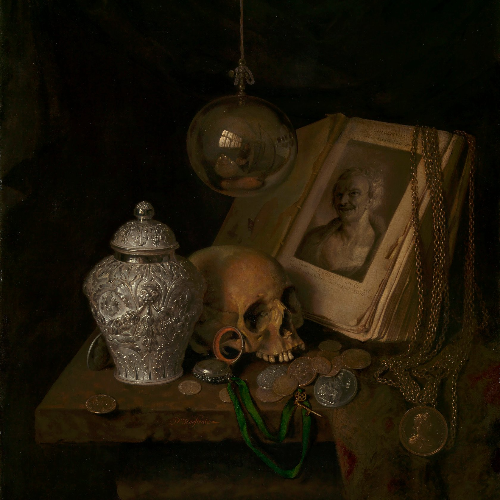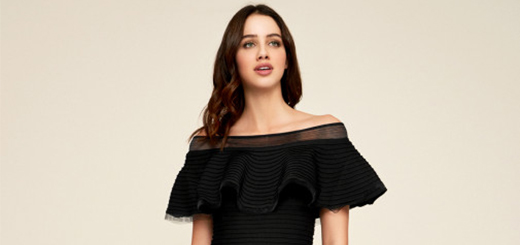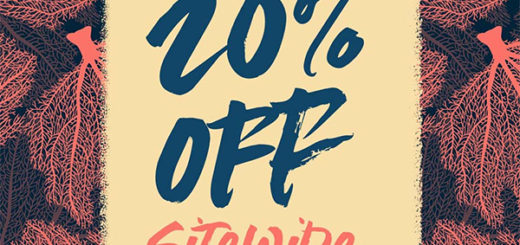Royal Collection Trust – Ideas to brighten up your winter
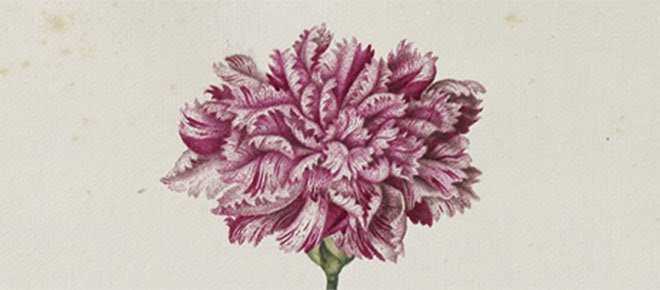
Ideas to brighten up your winter
Do you have any flowers in a vase at home at the moment? The bright bursts of colour can help lift your mood, and did you know carnations are the birth-flower for those born in January?
In our second newsletter of the year we’re bringing you more to do online, including an exciting new event focused on royal wedding dresses through the ages. Read on to discover more…
ONLINE LECTURE
Royal wedding dresses
10 February
Join Caroline de Guitaut, Deputy Surveyor of The Queen’s Works of Art, and Justine Picardie, fashion expert and former editor of Harper’s Bazaar in conversation as they explore the history of royal wedding dresses and discuss Princess Beatrice’s dress from her 2020 wedding.
COLLECTION
Beautiful butterflies
Did you visit our exhibition in 2016 featuring artist and entomologist Maria Merian? Her watercolours of the wildlife of Suriname in South America helped develop the world’s understanding of metamorphosis. Look back through the exhibition online, or see it for the first time now.
ACTIVITY
Royal recipe
A classic fruit-packed cake, this royal tea bread recipe uses dried fruit infused with earl grey tea. Treat yourself to homemade cake this week.
EXHIBITION
Parmigianino’s Pallas Athene in 60 seconds
Italian painter Parmigianino was born on 11 January 1503. Learn about his depiction of Pallas Athene, Greek goddess of wisdom and warcraft in just 60 seconds in our film. The painting is part of our Masterpieces from Buckingham Palace exhibition, which will reopen as soon as Government restrictions allow.
ONLINE TRAIL
Still-life paintings in the Royal Collection
During the 16th and 17th centuries in Europe, still-life paintings became an extremely popular art form. These paintings usually depicted inanimate objects, including everyday household items, flowers, fruit and food. Objects came to reflect a person’s pride in everyday life or their learned interest in science and botany.

